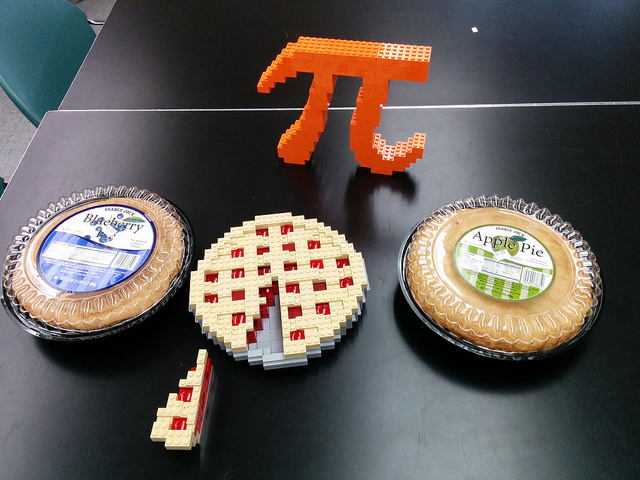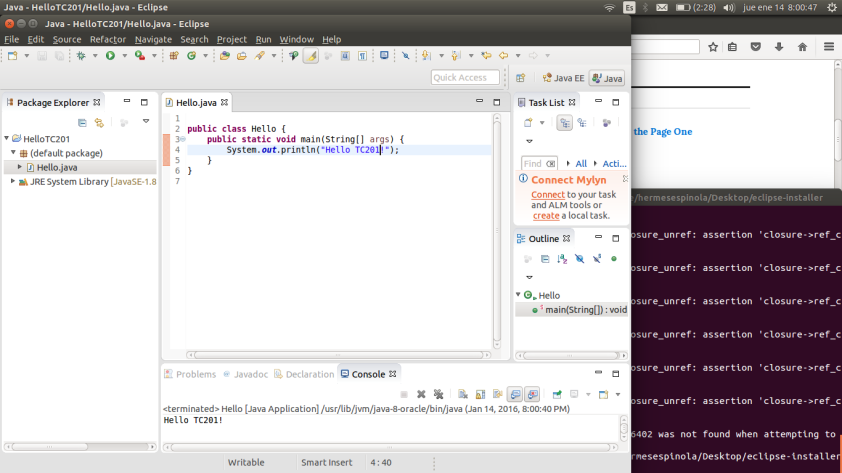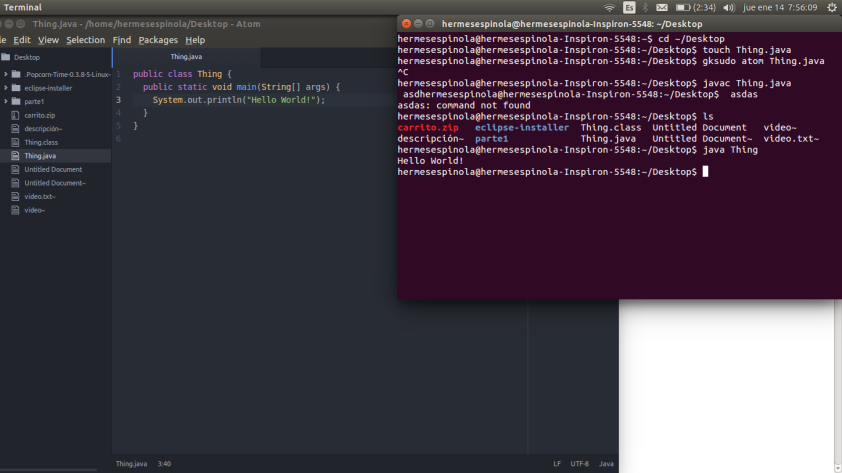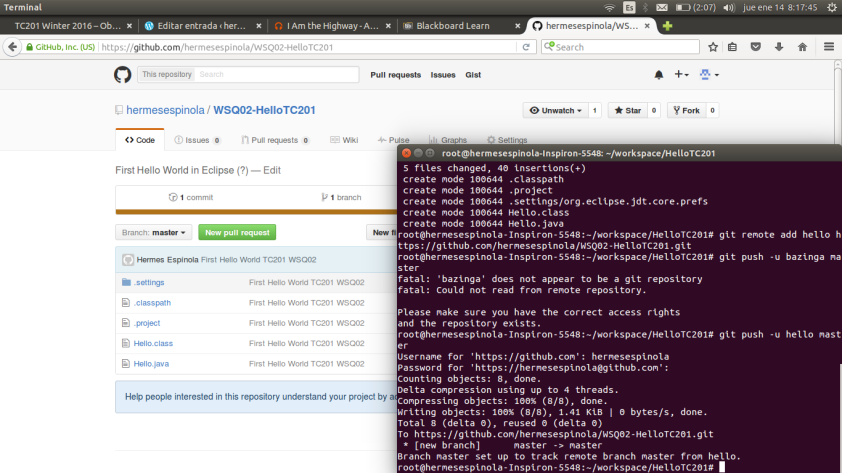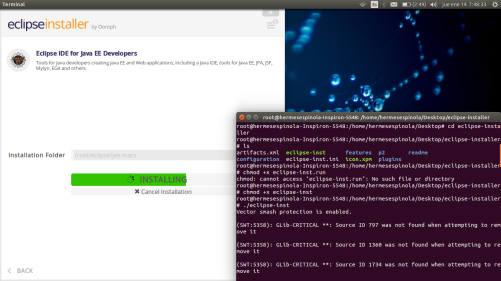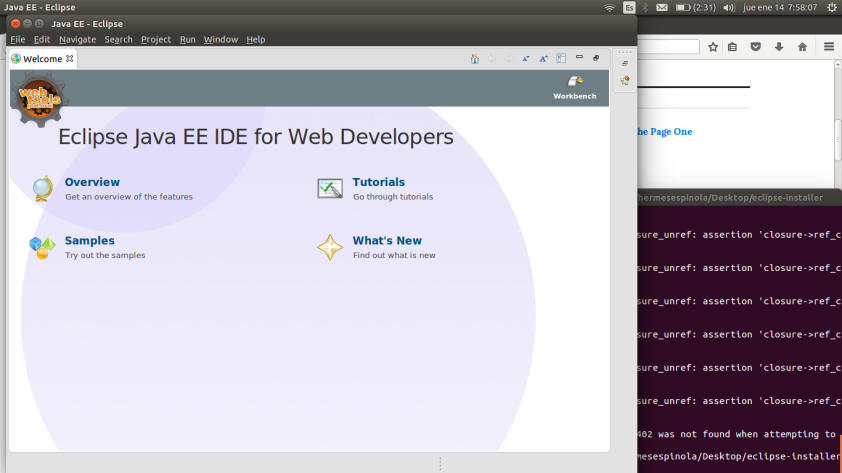We are thinking about making a video game in the Unity Engine, because it is accessible, free and video games are always (almost) object oriented and I’ve already used Unity and so it won’t take too much effort to create something great. Also, C# has a very similar syntax to java, so, that’s nice.
The only problem that I see is that we don’t know how to create the art, so it might be hard to find some good free assets.
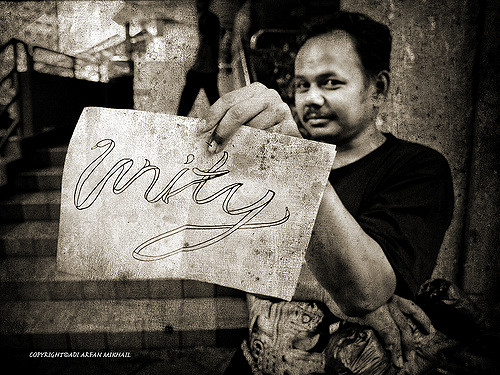
Flickr foto shared by Adi Arfan Mikhali https://www.flickr.com/photos/razorline/2668968141/in/photolist-54Raf6-81JzgK-CCPgRB-7kXgMt-qQh1Hc-4svatE-fBNvxJ-asJrJ6-4Q1ger-BGBc5t-C2x2CD-85VqVj-85VrnA-85Sh2B-8o8cKq-gGY52w-2yFY5D-9JqKB-dnogsQ-dm9czm-bWU3Gh-wYMveD-rAsshV-9SdSAu-9H8PjX-rw87PD-fxSoBy-qxRZ1q-5ee9v4-5gV2QB-7R8CrE-CcTbqy-9ddrSa-B376AQ-oVRfv7-fKBLyd-uVzbJo-jkv55y-eE6adH-oxoeQA-4PLi32-fKCoYL-8f6Hd8-bsfPTR-hgrgo3-dnogrq-opbaoZ-dnogqW-dnogtq-iZEFyj shared under a Creative Commons (BY) Licence


